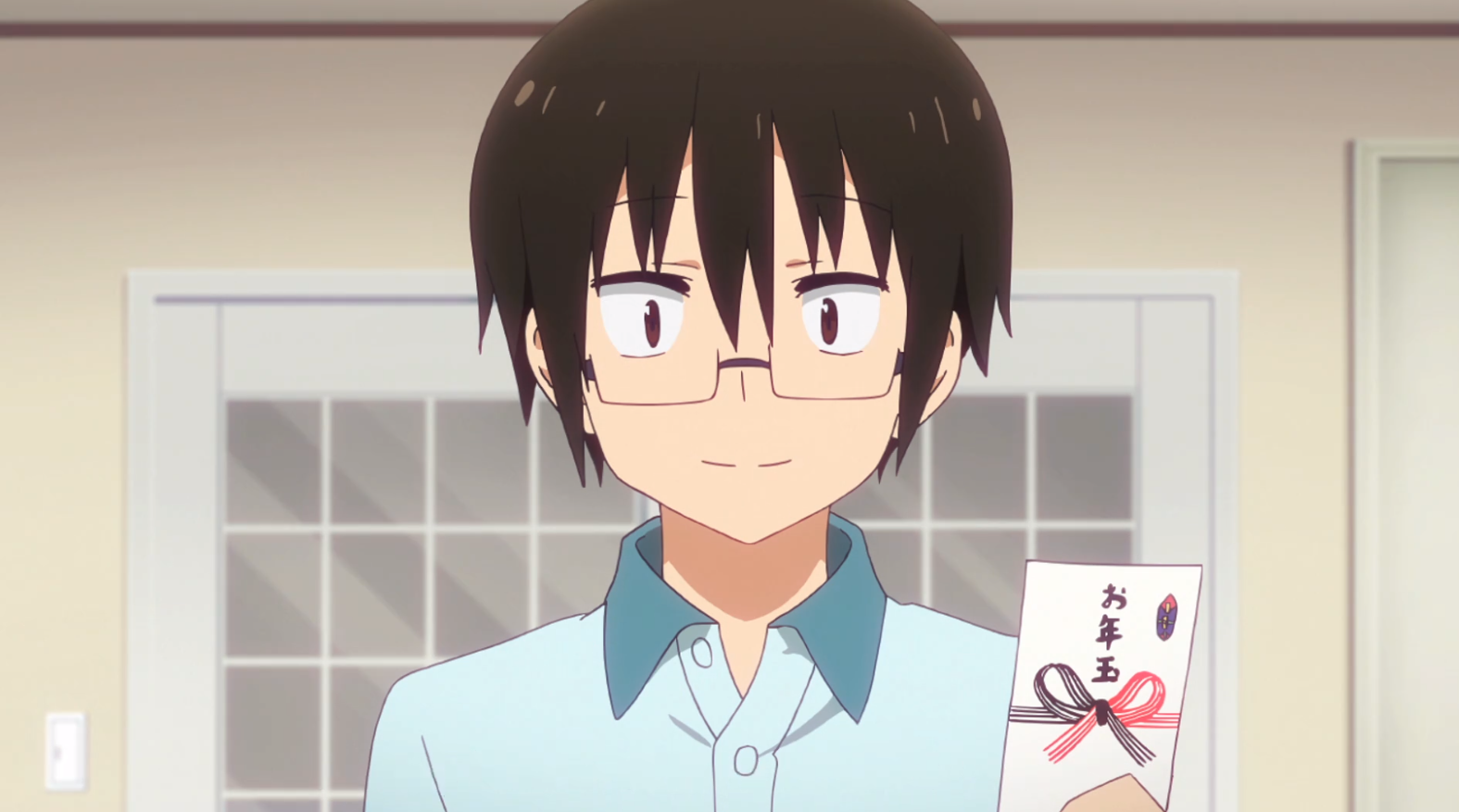This article was written by Shymander and edited by toblyvikku of the MAL Articles Club.
Interested in writing or editing for us? Click here!
This article is the second part of a 4-part miniseries in anticipation of the new year, which will cover the fundamental elements of a traditional Japanese New Year (お正月, Oshōgatsu), along with how and where it is represented in anime. Today, we will be covering how Japanese people traditionally give gifts and thanks to others as the new year unfolds.
New Year's Cards (年賀状, Nengajō)

Similar to the western tradition of sending Christmas cards to friends and family, Japanese people traditionally send New Year's cards. They are usually short and concise, only containing a few words and often a picture. Japanese New Year's cards hold two primary purposes: to inform faraway relatives or friends of important events in your life, and to give thanks to people who have done you a good deed in the past year. This can be seen in Gintama' episode 3, where Gintoki, Kagura and Shinpachi are going through several large piles of New Year's cards addressed to them. An example of such a card from this episode is shown above.
However, nowadays it has become far more common to simply send a text message wishing that person a happy new year (said as 明けましておめでとう, akemashiteomedetō).

From Kimi ni Todoke episode 25
Otoshidama (お年玉)

The giving and receiving of otoshidama is second only to the shrine visit in terms of how frequently Japanese New Year's traditions are depicted in anime. On New Year's Day, Japanese people have a custom of giving money in small envelopes to children and teenagers. These most often come from parents, grandparents, or close family friends. The amount of money given generally depends on the age of the child and the relationship the giver has with them; amounts can range from ¥2000 (US$18) to above ¥10000 (US$89). The purpose of giving otoshidama to children is to give them some appreciation and hope for the new year. It also gives them an experience in saving money: if they use it all at once, they won't be able to get what they want later in the year. Some parents give their children advice on how to use otoshidama, while others let them use it freely.
One such example of the giving and receiving of otoshidama is in Himouto Umaru-chan R episode 12, as shown in the picture above. In this episode, Umaru receives otoshidama from her brother Taihei and her two friends Alex and Takeshi, totalling to ¥35,000 (US$310).
Join us again tomorrow for the third part of our 4-part series, Preparing for the New Year.




